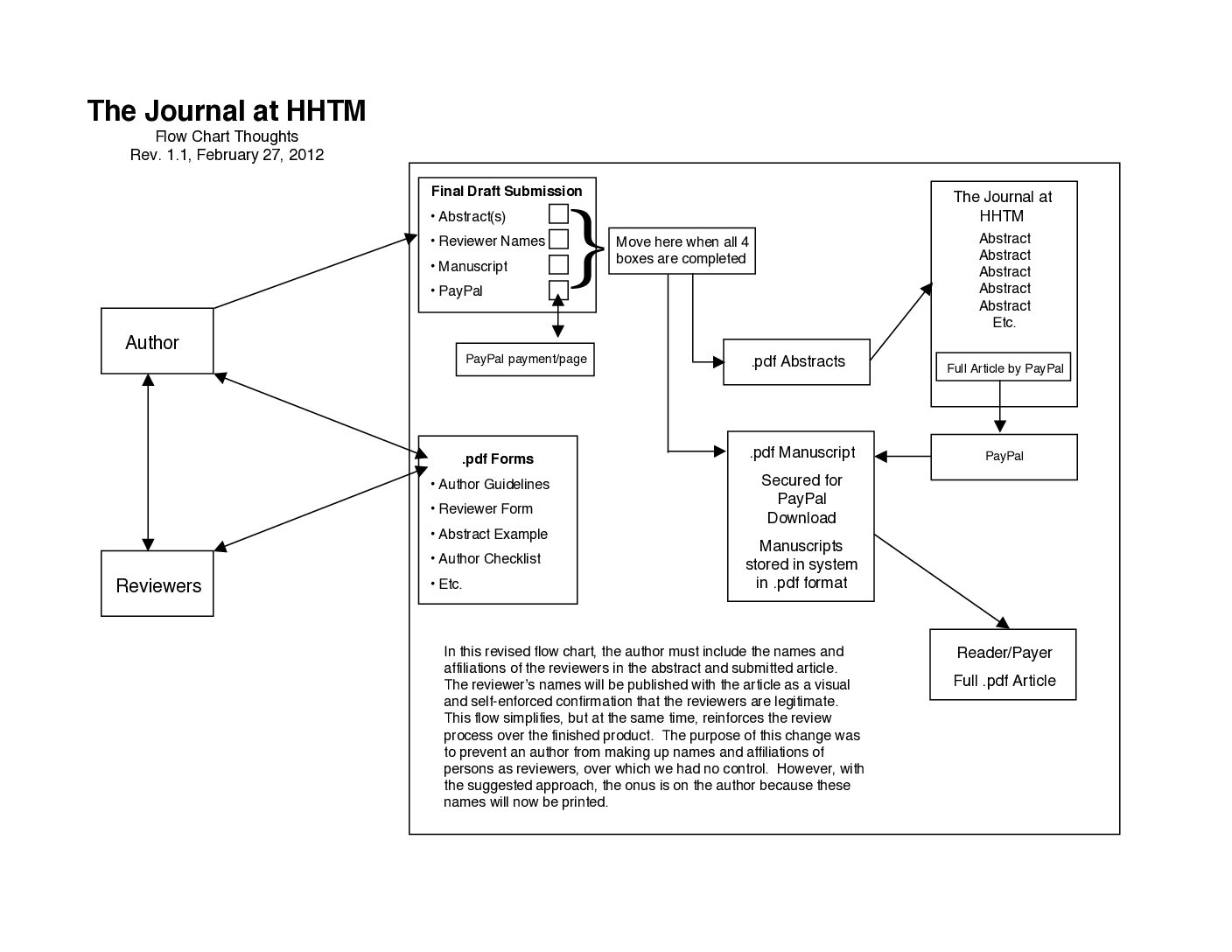Hearing Economics is pleased to host a guest blogger this week, and I am even more pleased to take a week off. This post is the first in what is hoped will be a series on various pricing strategies adopted by those in our field. We invite others to submit posts describing their Pricing approaches. For those of you who do not know him by his flaming red hair, allow me to introduce Scot Frink:
Scot Frink grew up in the field of audiology, his father having started Salem Audiology Clinic in 1981, one of the first private practice audiology clinics in the United States. Scot obtained his degree in audiology in 2004, but had been involved in hearing aid repair since 1990 and dispensing hearing aids since 1995. He previously worked as regional trainer for Phonak Hearing systems from 1999 – 2001 in Oregon, Washington, Idaho, Montanaand Alaska, before returning to private practice in 2002. He has presented numerous seminars on technology and practice development for state associations in his region, and currently owns his own practice in Salem, Oregon. He is a contributing editor for Your Health magazine, a local periodical. He is passionate about assisting the hearing impaired, serving on the Oregon State Hearing Aid Licensing Board since 2002, with a strong focus on consumer rights. When not at Salem Audiology Clinic, he spends time with his family at home. Yes, his children all have red hair.
From my experience, most audiologists receive great training in being good clinicians, but when it comes to the business side, training has sometimes been lacking. Since the creation of the AuD, training has improved significantly with some business classes being required by most programs, and for those of us who have been out there awhile, continuing education at conferences or through Audiology Online. One very important area, however, that I feel continues to be overlooked is training and discussion on how to set up retail pricing. For some reason, many audiologists don’t want to dirty their hands with the retail aspect of the business, or do it in such simplistic manners that they don’t take the entire picture into account. But the bottom line is that if we can’t support our practices through steady income streams, we won’t be there to help our patients.
Some of you might be offended by this line of discussion, but I base it on two decades of experience discussing it with colleagues and from a brief tenure as a regional factory representative for a major manufacturer, in which I visited over 500 offices on a fairly routine basis. Most frequently I found offices that using simple “tiered pricing”–they set flat rates for each level of technology (i.e. $3,000 for elite, $2,000 for mid-range, $1,000 for entry-level) regardless of manufacturer. To me, this made no sense if the office worked with multiple manufacturers and that elite product cost $1,200 from one company, $1,350 from another, and $1,500 from a third company. Likewise, the myriad business development and loyalty programs offered by different manufacturers actually alter the bottom line behind the scenes, creating a situation that can could subtly influence decision making. The latter pricing effect is frowned upon by our ethics overlords at AAA.
If I have two manufacturers offering very similar products that would work equally well for the patient, but I am invoiced $900 by one company and $1,100 by the nother, shouldn’t the aids retail for different prices? Likewise, if I get have two products that invoice at the same amount ($1,000) so my retail price is the same, but one comes with a better warranty or more features, shouldn’t I lean toward the latter if the entire package is better for the patient?
My own system for retail pricing may seem a bit complex, but takes these variations into account fairly to help create an even playing field. As a result, I feel confident that the system I’ve created enables my decision-making process to always focus on what product is best for the patient. I know that by applying my pricing formula, I can recommend an off-brand instrument if that is what is best for the patient, even though I pay proportionally more for the instrument because it does not afford my practice any business development funding. My pricing formula takes all of that into account and computes a retail price which ensures that I receive a fair and balanced margin.
To develop a sound retail pricing system, I recommend that each office analyze its overhead and determine exactly how much revenue is needed from each hearing instrument to cover costs. Also, analyze your market and look at what your most frequent level of technology is purchased. You may live in a high-falutin’ part of the country where everyone gets the best. You may live in an economically depressed area, so everyone typically gets entry level. Maybe the mid-range is your typical purchase (as is our case). Whatever the case, if you can determine the likely number of purchases per year per practitioner you can determine your likely annual revenue based on your average product. If you look at what you’re currently charging, it can suggest a lot as well. If this analysis suggests your price is too low, it could explain why you seem to be struggling each month to make ends meet. If it is too high, it might reveal reasons why your numbers are low, suggesting you might not be competitive price-wise in your market.
To summarize, each business owner or manager should put the time in to really determine a fair price for each product they sell, rather than just lumping them together.
Photos courtesy of nearshoreamerica and Scot Frink








I would take issue with your acerbic reference to “…our ethics overlords at AAA.” You and all other clinicians determine the ethics of AAA. If you think you are being “ruled”, as per your implication, perhaps you need to take a second look at things.
You might start with looking at “…the myriad business development and loyalty programs offered by different manufacturers actually alter the bottom line behind the scenes.” I believe you will find that many of these business development funds and loyalty programs may be in violation not only of ethical principles but also of federal and/or state laws.
Thanks for your comment, which deserves a fuller answer than can be contained here in the comment box. Look for a full post to address some of these issues in the future. Thanks again for making this a lively and educational discussion!